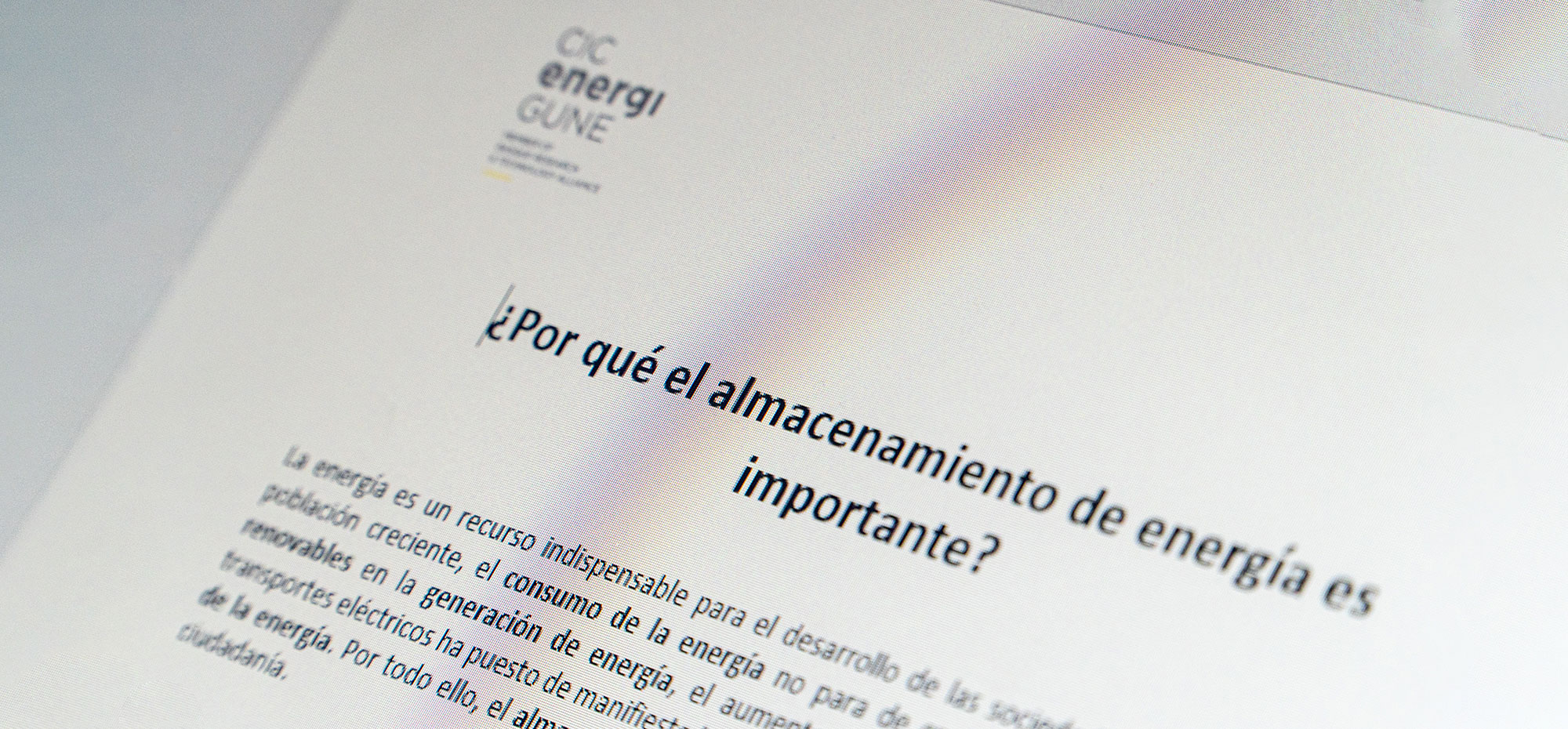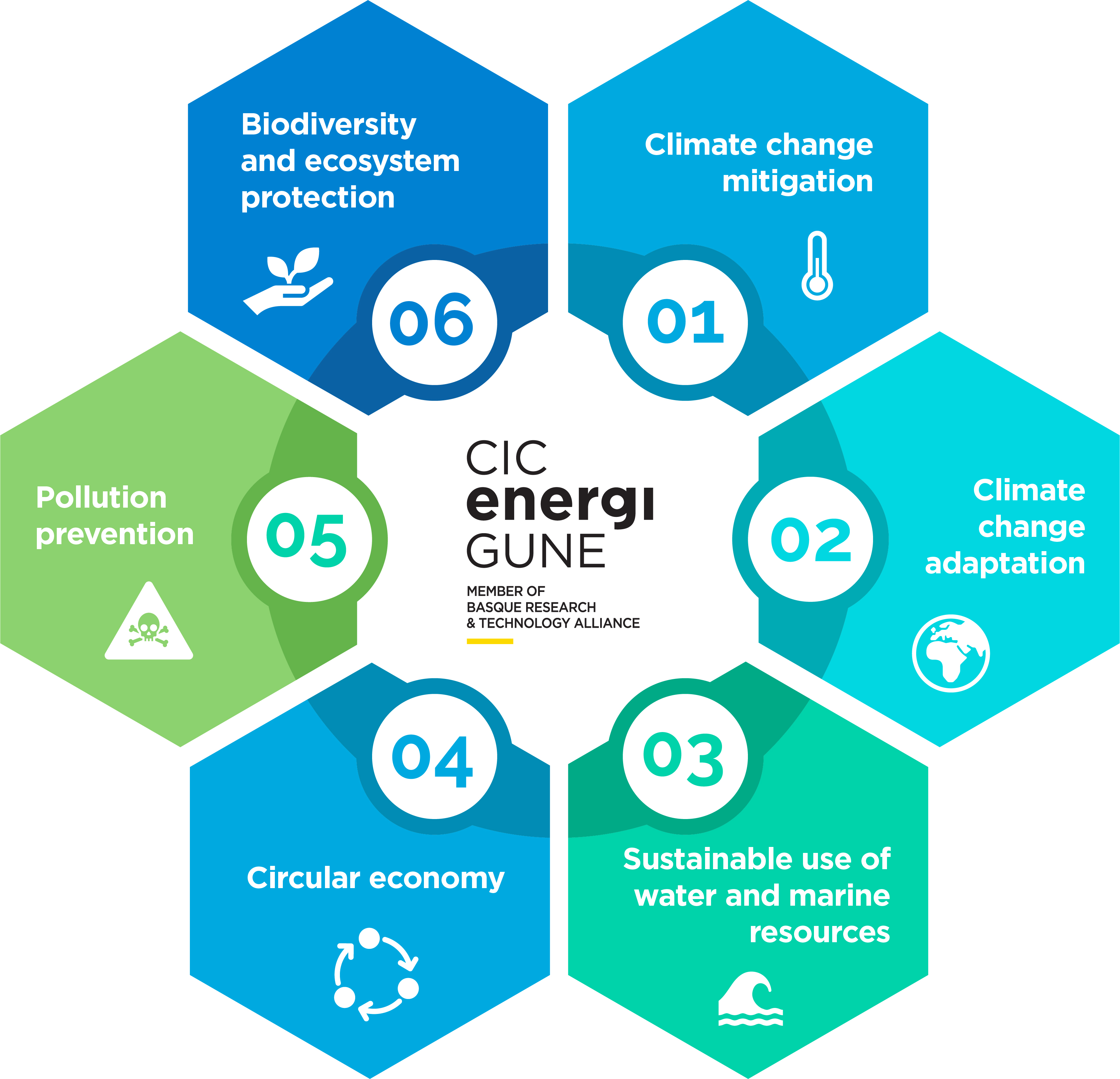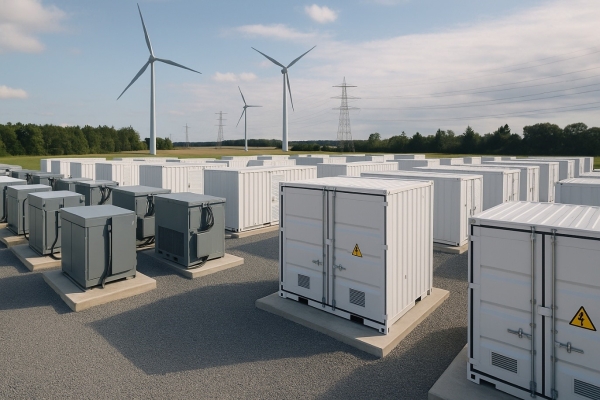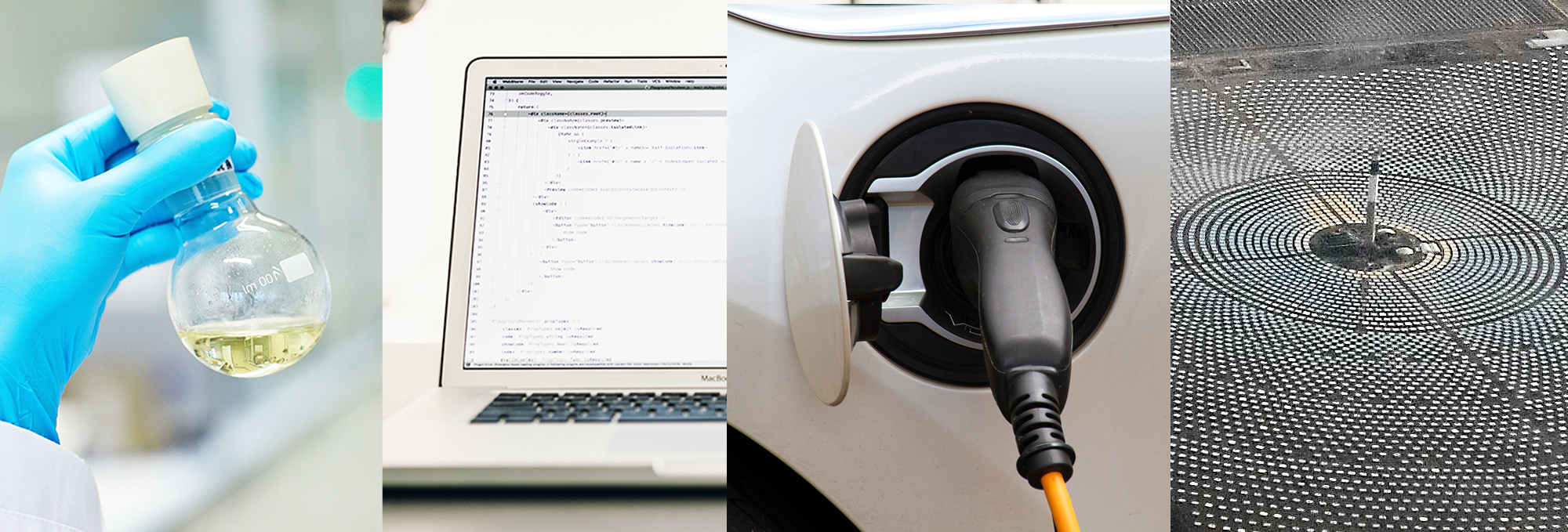As we have previously mentioned in the blog, the European Taxonomy Regulation (EU Regulation 2020/852), establishes a regulatory framework to identify environmentally sustainable economic activities.
Its main objective is to provide clarity to investors, facilitating the redirection of capital to sustainable projects, ensuring transparency in investment and helping to reduce false promotion of activities as sustainable (greenwashing), thus aligning economic objectives with key European climate commitments, such as achieving climate neutrality by 2050.
This unified approach is fundamental to channel financial efforts towards key sectors that play a strategic role in the transition to a sustainable economic model.
The Regulation is based on two fundamental pillars: environmental objectives and technical evaluation criteria. These criteria must be met by all economic activities included in the Regulation in order to qualify as environmentally sustainable.
Pillar 1: Environmental objectives
These objectives, which range from climate change mitigation and adaptation to the protection of natural resources and biodiversity, serve as a guide for economic activities wishing to align themselves with the sustainability principles set out in the Regulation. Each of these objectives is detailed below, along with the targets that are expected to be achieved in order to build a more balanced and resilient future:
- Regarding Climate Change Mitigation, activities should reduce or prevent greenhouse gas emissions, encouraging for example the use of low-carbon energy storage technologies to facilitate the transition to renewable sources.
- Regarding Climate Change Adaptation, eligible projects will be those that improve resilience to climate risks, such as floods or droughts, ensuring continuity of operations in a changing environment.
- The Sustainable Use and Protection of Water and Marine Resources seeks to minimize water consumption and avoid negative impacts on aquatic ecosystems by promoting sustainable practices in the production and operation of technologies.
- The Transition to a Circular Economy prioritizes efficiency in the use of resources, waste reduction and the development of recycling technologies to extend the life cycle of materials.
- Regarding Pollution Prevention and Control, the regulation requires compliance with strict standards for the management of hazardous materials and the reduction of polluting emissions, promoting cleaner processes.
- And finally, Biodiversity and Ecosystem Protection and Restoration focuses on minimizing negative impacts on ecosystems, such as those associated with extractive activities like mining, protecting natural habitats and promoting their recovery.
Environmental Objectives and the Taxonomy Climate Delegated Act
These environmental targets set out in the Regulation constitute the reference framework for sustainable economic activities. To ensure the practical implementation of the most relevant decarbonization targets, the European Commission approved the Taxonomy Climate Delegated Act, which aims to further develop the technical assessment criteria for two of the most urgent environmental targets:
- Climate Change Mitigation: Identifying exactly those activities that significantly reduce greenhouse gas emissions.
- Climate Change Adaptation: Identifying activities that increase resilience to climate change impacts.
This delegated act is therefore of vital importance as it not only establishes the definitions of each economic sector, but also defines the specific eligibility criteria for each of them, based on metrics such as emission reductions or compliance with energy efficiency standards, detailing how to apply the general principles of the Regulation in practice.
Pillar 2: Technical evaluation criterio
The technical evaluation criteria are designed to determine whether an economic activity meets three main conditions:
- Significant contribution to one of the established environmental objectives: this means that the economic activity must have a substantial positive impact on at least one of the six environmental objectives defined in the regulation and explained above.
- Do Not Significant Harm (DNSH): in this case, the economic activity must not compromise the other environmental objectives. For example, an activity that contributes to climate change mitigation must not cause significant damage to biodiversity or pollute water resources.
- Comply with minimum safeguards: this refers mainly to the fact that the activity must respect international human rights, labor and governance standards, such as those established in the OECD Guidelines for Multinational Enterprises and the UN Guiding Principles on Business and Human Rights.
These technical criteria are very important not only because they provide a normative framework for the classification of sustainable activities, but also because they ensure that the main objectives of the taxonomy are met. This dynamic approach ensures that the framework evolves according to environmental and market needs.
Taxonomy applied to the energy storage industry
In the case of energy storage, the regulation highlights significant examples that underline its importance:
- Article 10, on Climate Change Mitigation, states that energy storage facilitates the integration of renewable sources, such as wind and solar energy, into the electricity grid. This storage system guarantees the stability and reliability of the energy supply, despite the intermittent nature of these renewable sources. It also contributes directly to the decarbonization of the energy system by reducing dependence on fossil fuels and promoting the continued use of clean energy.
- Article 13, dedicated to the Transition to a Circular Economy, stresses the importance of the development and application of advanced technologies in the field of batteries. This includes innovative recycling and reuse strategies, which not only reduce the demand for new resources, but also promote a circular economy model, minimizing waste and promoting sustainability throughout the life cycle of this type of product.
- On the other hand, Annex II defines specific technical screening criteria for a wide range of economic activities, classified by sectors such as energy, transport, construction and industry, among others; emphasizing the importance of life cycle assessment of activities to determine their environmental impact and promoting the use of standardized methodologies for the calculation of Greenhouse Gas emissions, such as Commission Recommendation 2013/179/EU or the ISO 14067:2018 and ISO 14064-1:2018 standards.
In short, the European Green Taxonomy Regulation establishes a robust and detailed framework for identifying and promoting truly sustainable economic activities. Through clear environmental objectives, precise technical criteria and delegated acts such as the Taxonomy Climate Delegated Act, Europe not only encourages responsible investments, but also drives key sectors such as energy storage towards an effective green transition. This comprehensive approach not only ensures the alignment of economic activity with climate commitments, but also contributes to building an economic model that is resilient, innovative and aligned with the sustainability values that Europe leads globally.










